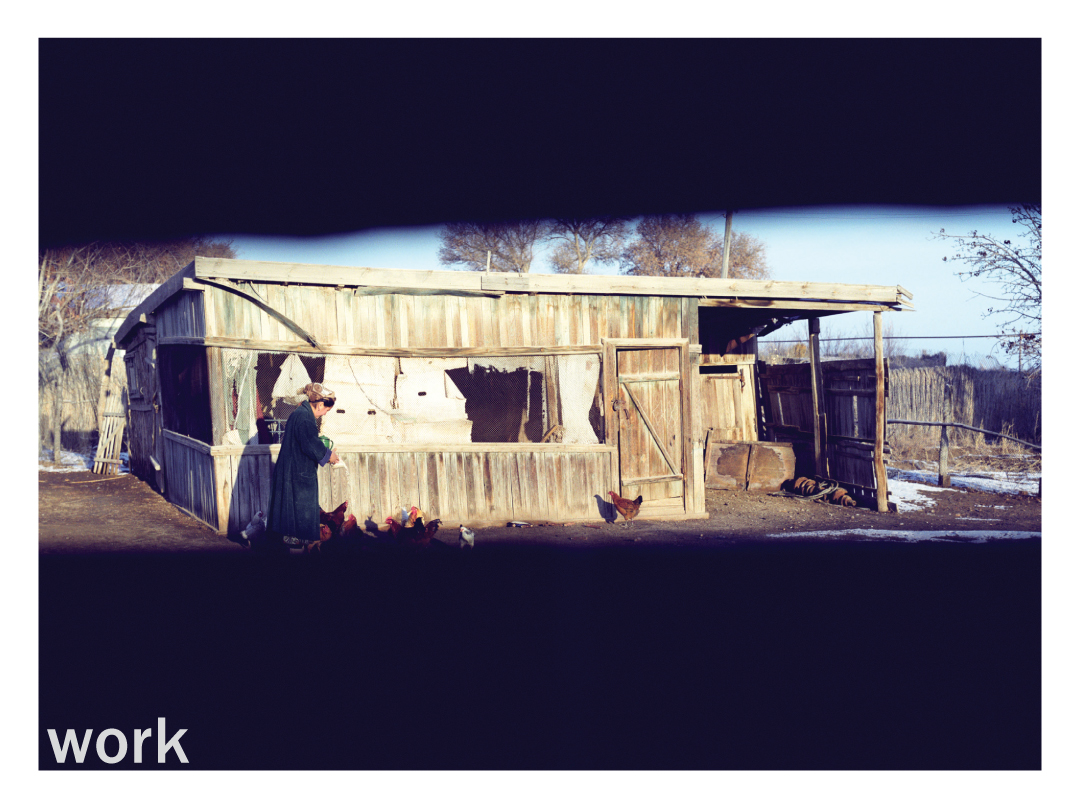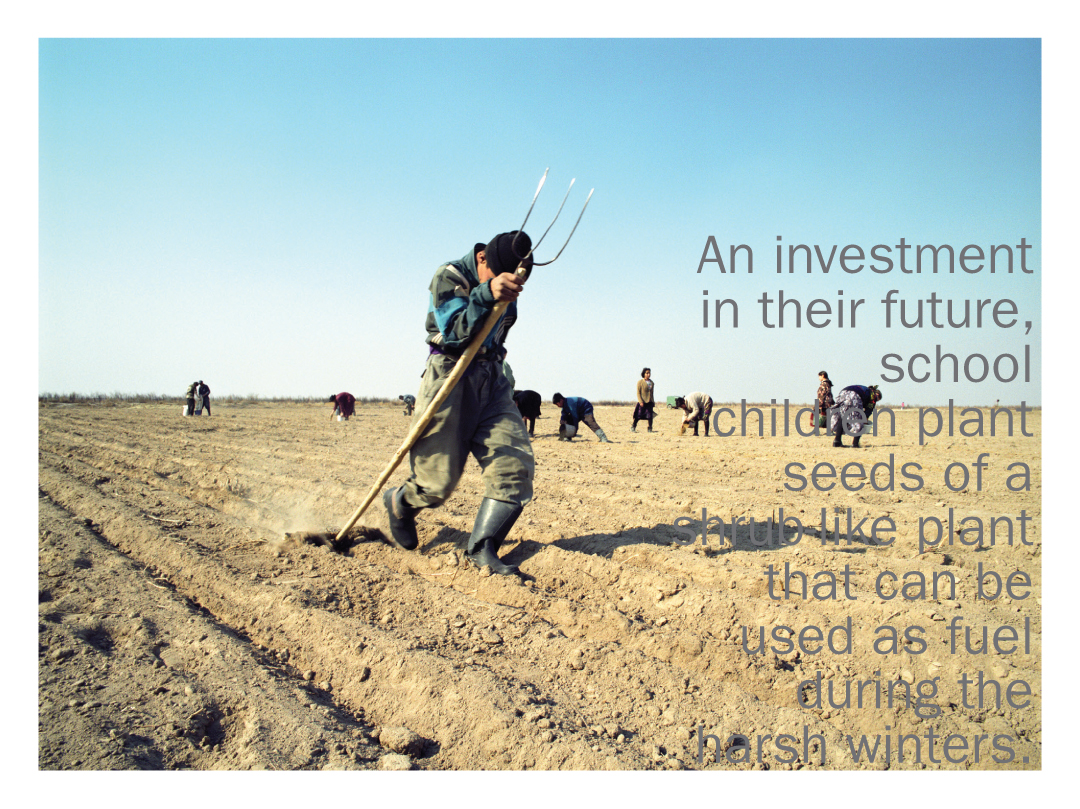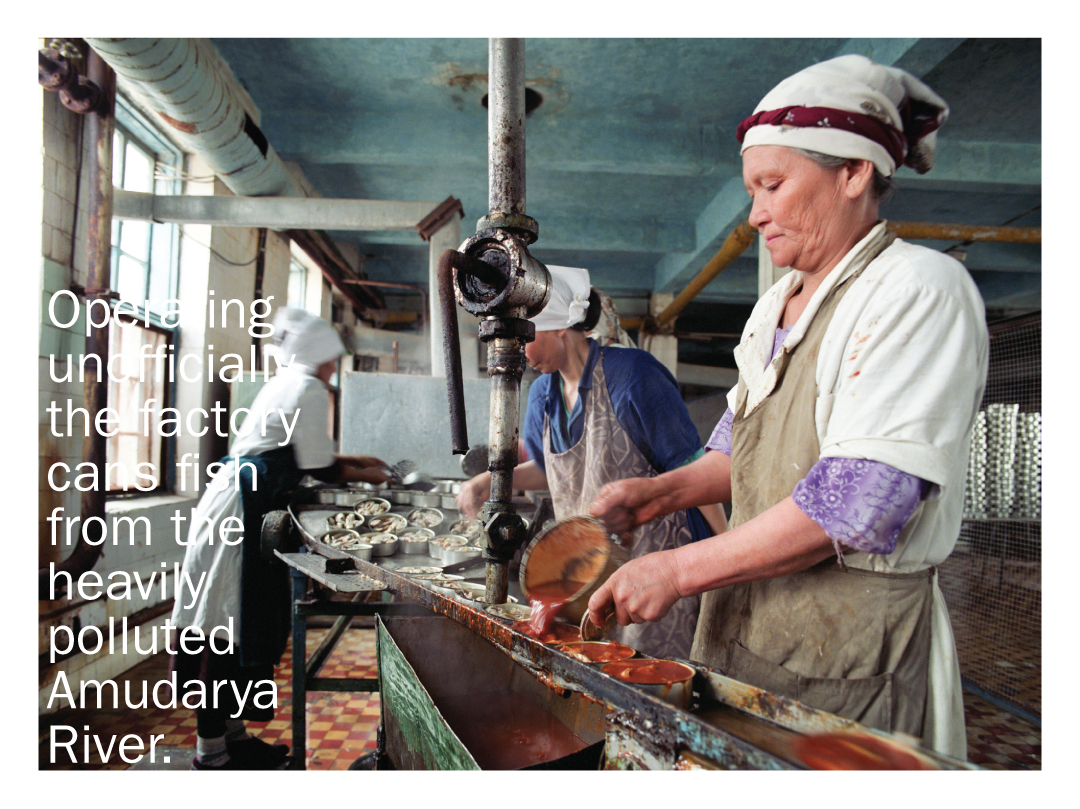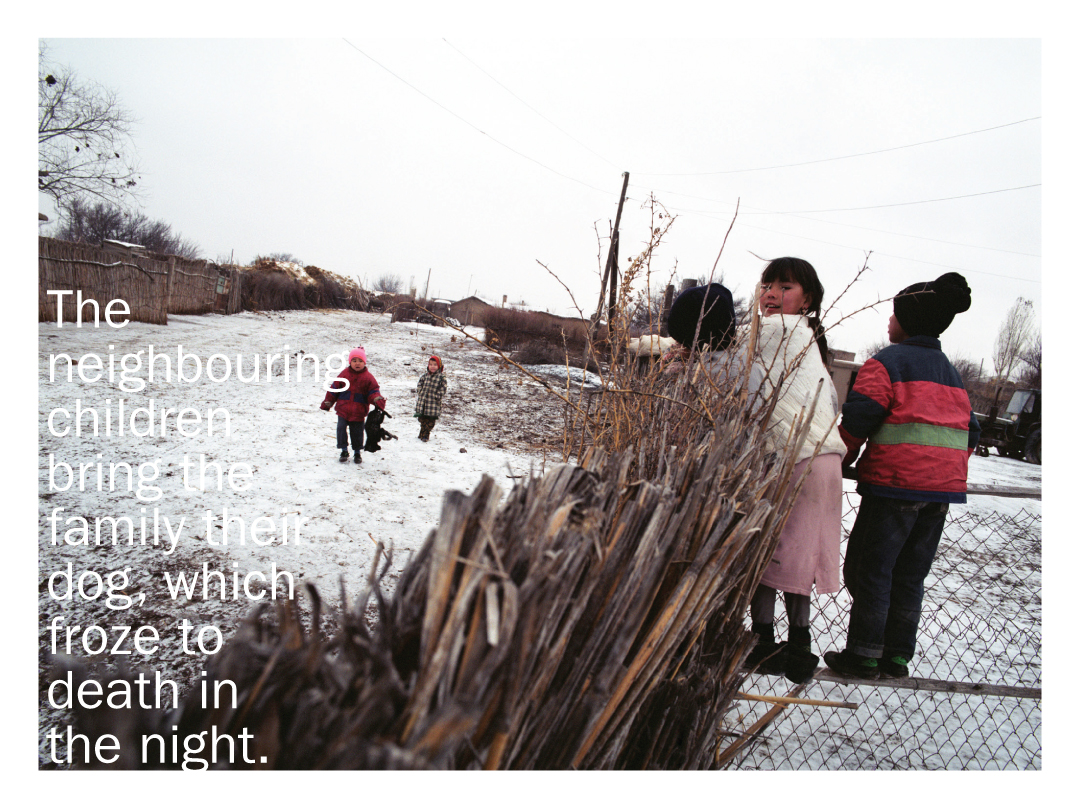THE ARAL SEA
text by Paul Dixon
photographer Paul Dixon at www.pauldixonpictures.co.uk
The Aral Sea situated in Karakalpakstan an autonomous republic of Uzbekistan was once the world’s fourth largest lake and belonged to the former Soviet Union. In 1958 the Soviet Union diverted the two rivers that fed the Aral to grow cotton and rice in the desert for export. Consequently, the sea has evaporated leaving behind it a toxic environment…
Today with the sea further than 120 miles from its previous shoreline, the entire ecosystem verges on collapse. The Amudarya and the Syrdariya rivers now fail to reach the Aral, running dry before they are able to replenish the Sea which has evaporated into three heavily polluted and saline lakes. Unable to support fish species, the shrinking of the Aral has lead to the collapse of an economy once reliant on it’s fruits.
Economic problems are now such, that doctors, some having not received pay for more than seven months, are having to work as taxi drivers in-order to provide for their families. The shrinking of the Sea also affects the climate, winters are dryer and colder, temperatures regularly plummet to -25c, while summer temperatures are hotter and often rise to 50c. In these conditions it is impossible to farm on all but the smallest of scales.
Meanwhile, the continued cultivation and intensive irrigation of cotton, on which through export, the Uzbekistan government is now dependent, has resulted in the salinization of the land and the contamination of the water supplies by salt and agricultural chemicals.
The former fish basket of Central Asia has become the waste basket of the region, as a large proportion of the salts and agricultural chemicals upstream are deposited in the canals, on which all life depends. This water, the regions lifeblood, is by international standards, unfit for human consumption.
As desiccation of the area continues, the salts and chemicals amass on the dry seabed and are blown back into the faces of the population by the areas strong winds. Which, in-conjunction with the consumption of contaminated water and food, has resulted in a plurality of health problems and one of the most chronically sick places on earth.
Anaemia, lung and kidney disease, high blood pressure, numerous cancers and tuberculosis are rife. Given the chain of causal events, the Aral Sea crisis is not just about water; air quality, nutrition, climate, the economy, and the health care system are all plunged into crisis.

















